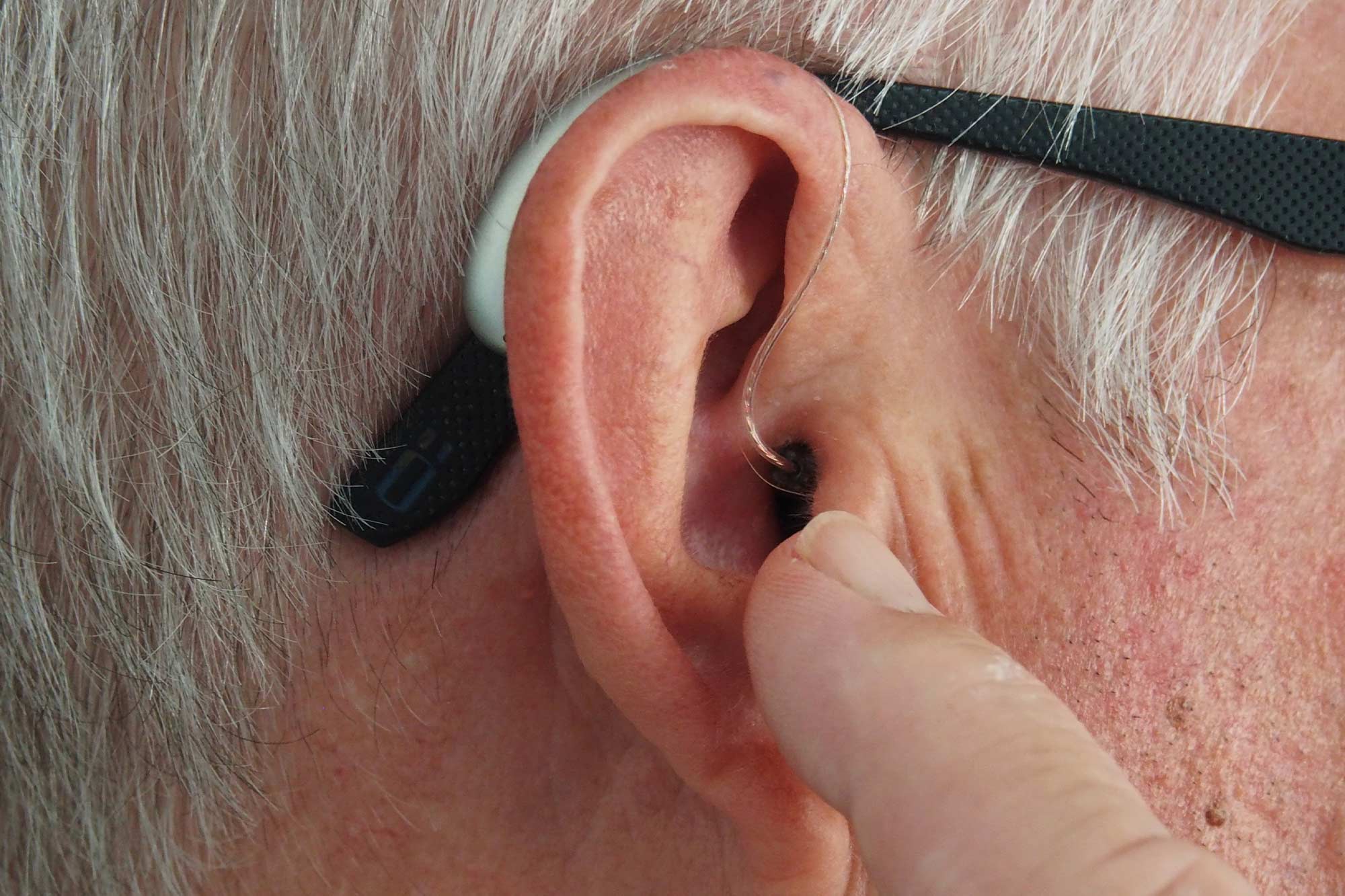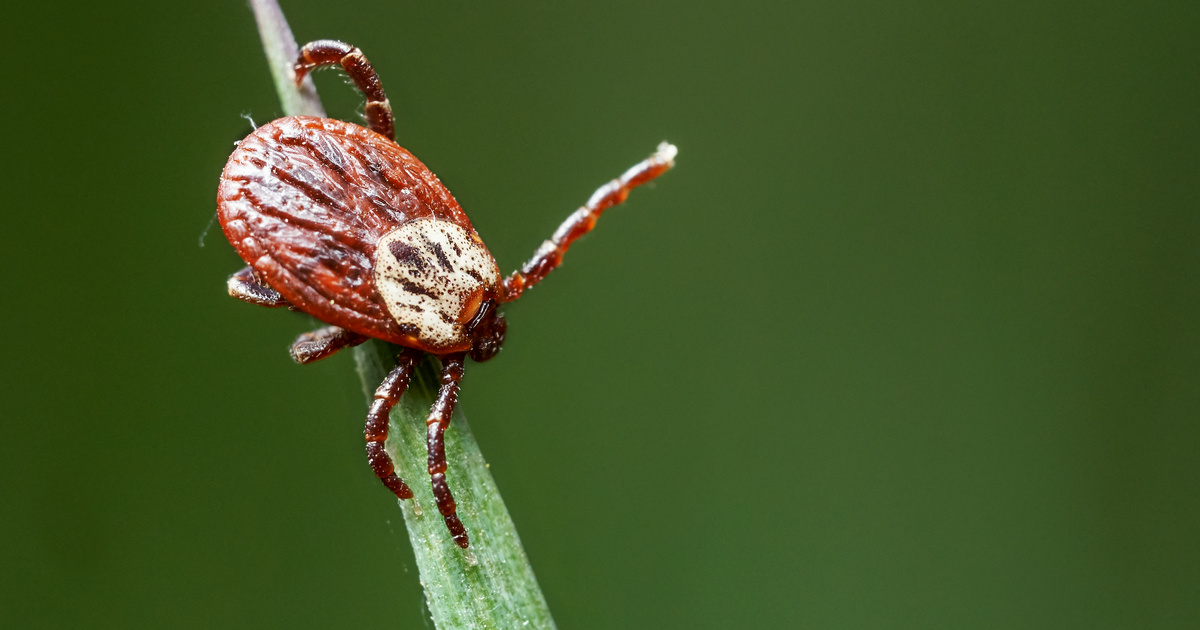Ticks carry pathogens that cause serious, life-threatening diseases, such as the Borellia bacteria that causes Lyme disease. the Current Biology So the leaf that is spread out in its columns can be an important factor from the point of view of protection against ticks.
We learned that many animals and humans can accumulate a large electrostatic charge. We can experience this when we shake the other person after jumping on a trampoline or rub our hair against a balloon. Electrostatic charging can also occur when an animal is constantly rubbing against something in its environment, such as grass, sand, or another animal. These charges are surprisingly high, hundreds or even thousands of volts – more powerful than what is found in a wall outlet! The point is that a static charge exerts a force on other charges, which can be attractive or repulsive, depending on whether it is a negative or positive charge.
explains Sam England, a biologist at the University of Bristol.
The researchers applied a static charge to rabbit fur and other materials to test the effects of the charge on ticks in the laboratory. During the experiment, the charge was able to raise ticks several millimeters or even centimeters. Compared to the size of the parasites, this was like a person using a mysterious strength to jump several floors.
The researchers mathematically modeled the type of charge that would be generated on an animal moving across grass favored by ticks. Then, with the help of electrodes, they checked how much charge the tick could pick up. Thus, it has been shown that the potential generated forces and the forces required to move the parasite are of the same magnitude—that is, the phenomenon can work both theoretically and practically.
The discovery indicates that the mechanism is likely to be universal and may work for other pests, mites, lice, and fleas. Of course, this paves the way for the development of new control methods, such as antistatic tick spray.
The experts in Bristol are continuing the thought process they started: In the near future, they will investigate whether ticks themselves sense the approach of the host animal’s electrostatic charge.












































